How One Man Successfully Repopulates a Rare Butterfly Species in His Own Backyard
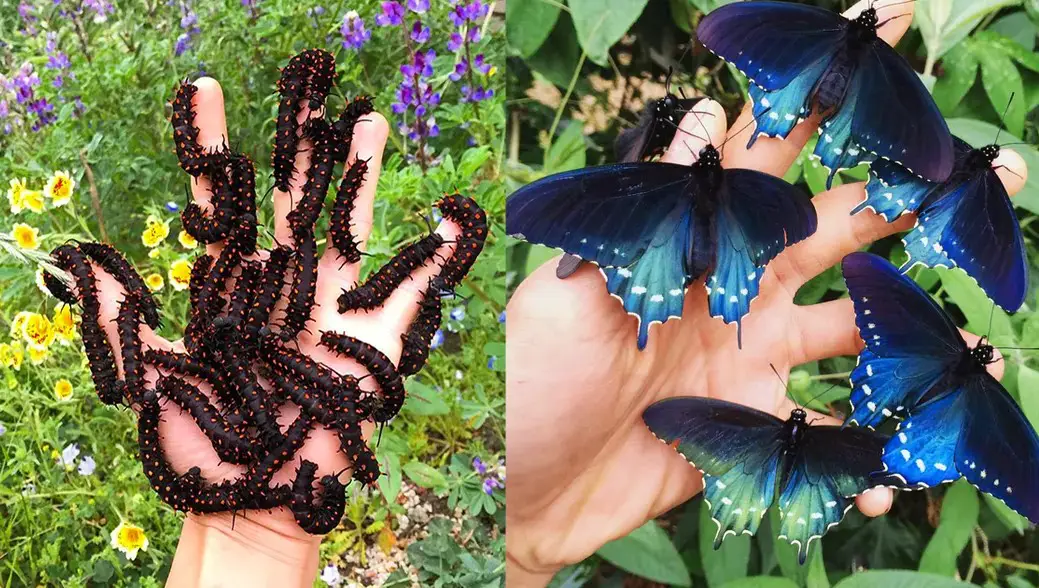
This butterfly, also known as the California pipevine swallowtail, is a sight to behold.
It begins its life as a tiny red egg, hatches into an enormous caterpillar with orange spots, and then, after a gestation period of up to two years, it emerges as an iridescent blue beauty. This entire process can take up to two years.
Collectors believe that the creature’s wings, which are filled with tones reminiscent of the ocean, are among the most magnificent that can be found in North America.

The decline of the butterfly population began in the early 20th century as a direct result of increased human development. These days, it is a very rare sight.
However, the efforts of one man are beginning to bring back the butterfly. His story serves as a reminder that each of us is capable of making a contribution to the conservation efforts being made, sometimes even from our own backyards.
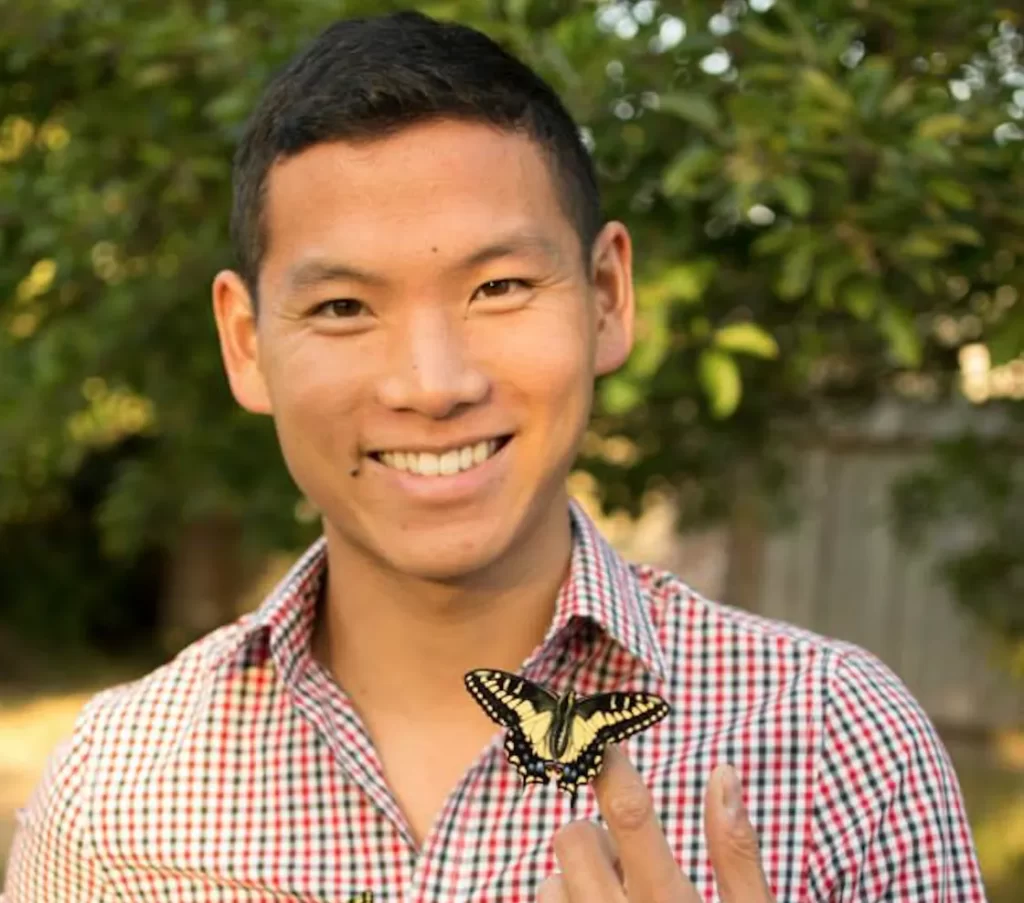
Tim Wong is a member of the California Academy of Sciences‘s Department of Aquatic Biology. On the other hand, the 28-year-old spends the majority of his time away from work raising butterflies, which is a hobby that he began when he was a child.
“I first was inspired to raise butterflies when I was in elementary school,” Wong says. “We raised painted lady butterflies in the classroom, and I was amazed at the complete metamorphosis from caterpillar to adult.”
Wong would spend his days in the open meadow that was close to his house catching, studying, and raising any butterflies that he could find.
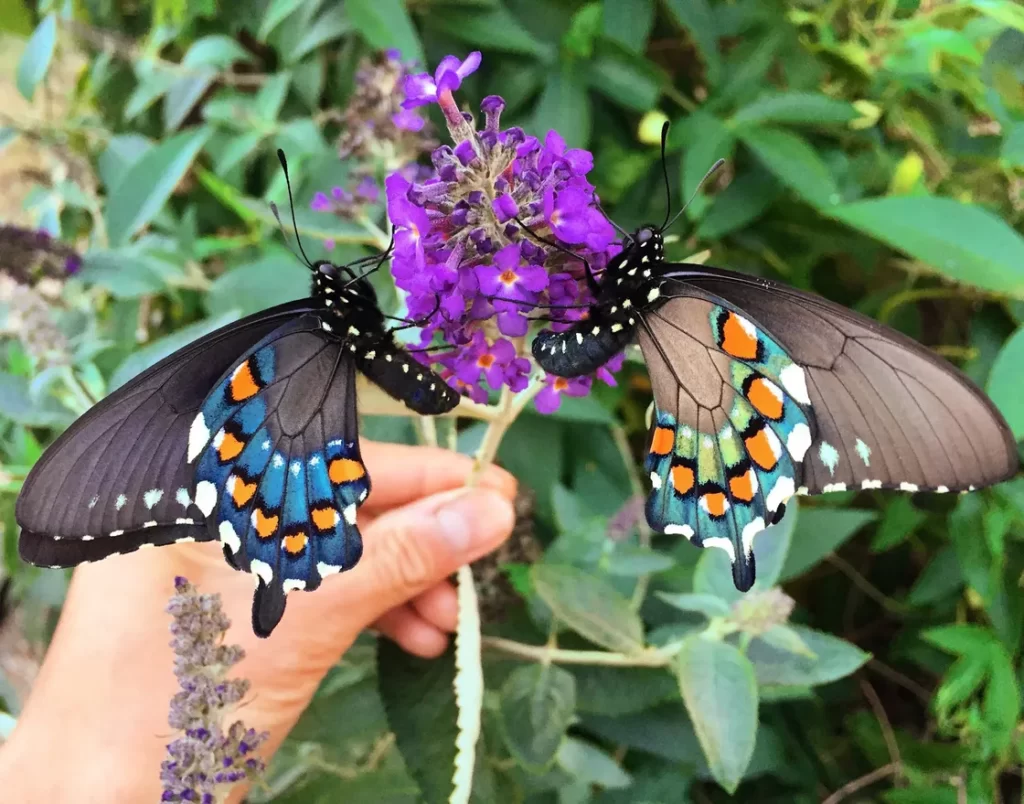
After some time had passed, he became aware of the pipevine swallowtail butterfly, which had become exceedingly rare in San Francisco, and he resolved to make it his life’s work to restore the species.
After conducting research on the butterfly, he discovered that when it is in the form of a caterpillar, it only feeds on a single plant. This plant is the California pipevine (Aristolochia californica), which is an extremely rare species of plant in the city.
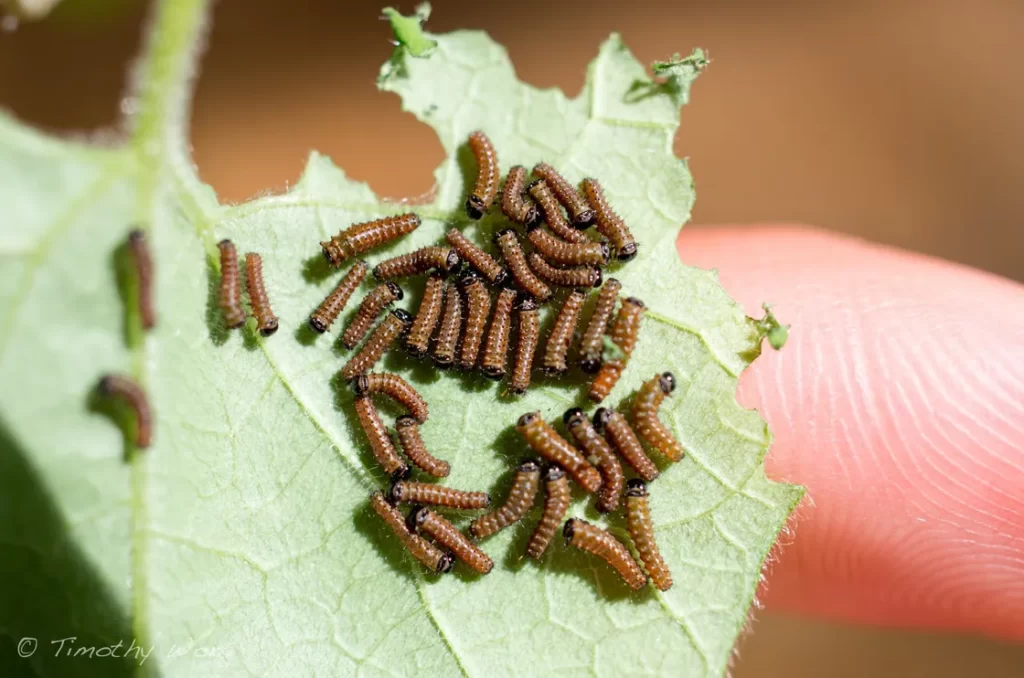
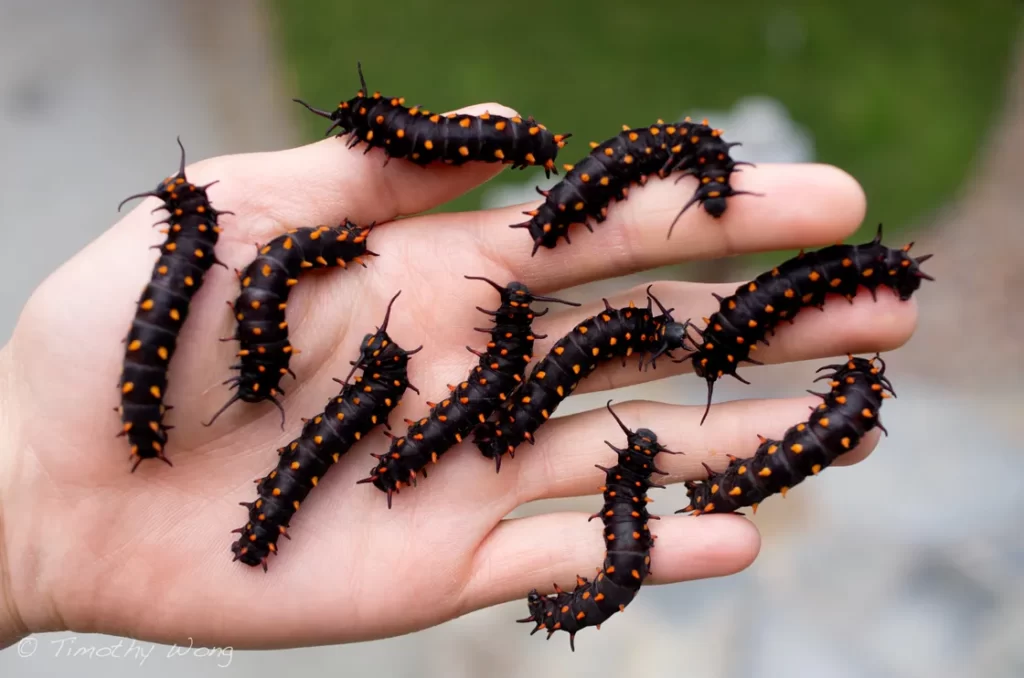
“Finally, I was able to find this plant in the San Francisco Botanical Garden [in Golden Gate Park],” Wong says. “And they allowed me to take a few clippings of the plant.”
Then, he created a paradise for butterflies in his own backyard by employing methods that he had taught himself.
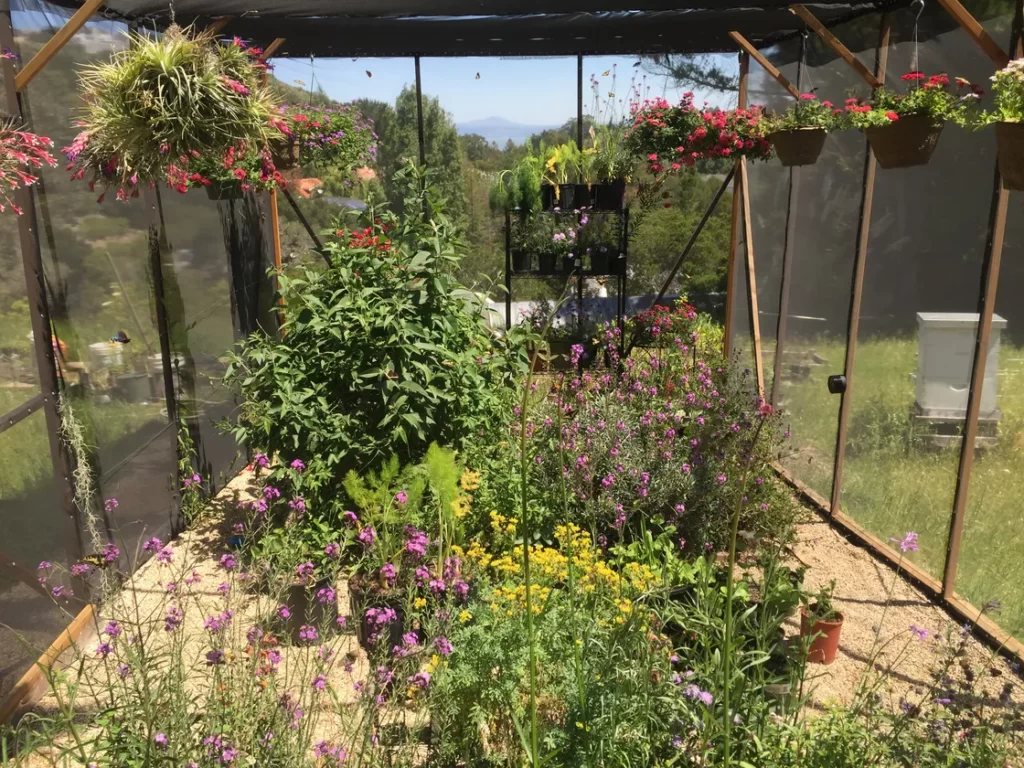
“[I built] a large screen enclosure to protect the butterflies and to allow them to mate under outdoor environmental conditions — natural sun, airflow, temp fluctuations,” he says.
When the eggs hatch and a new phase of life begins, Wong brings the caterpillars that he has reared at home to the “California Native” exhibit at the San Francisco Botanical Garden so that others can observe them.
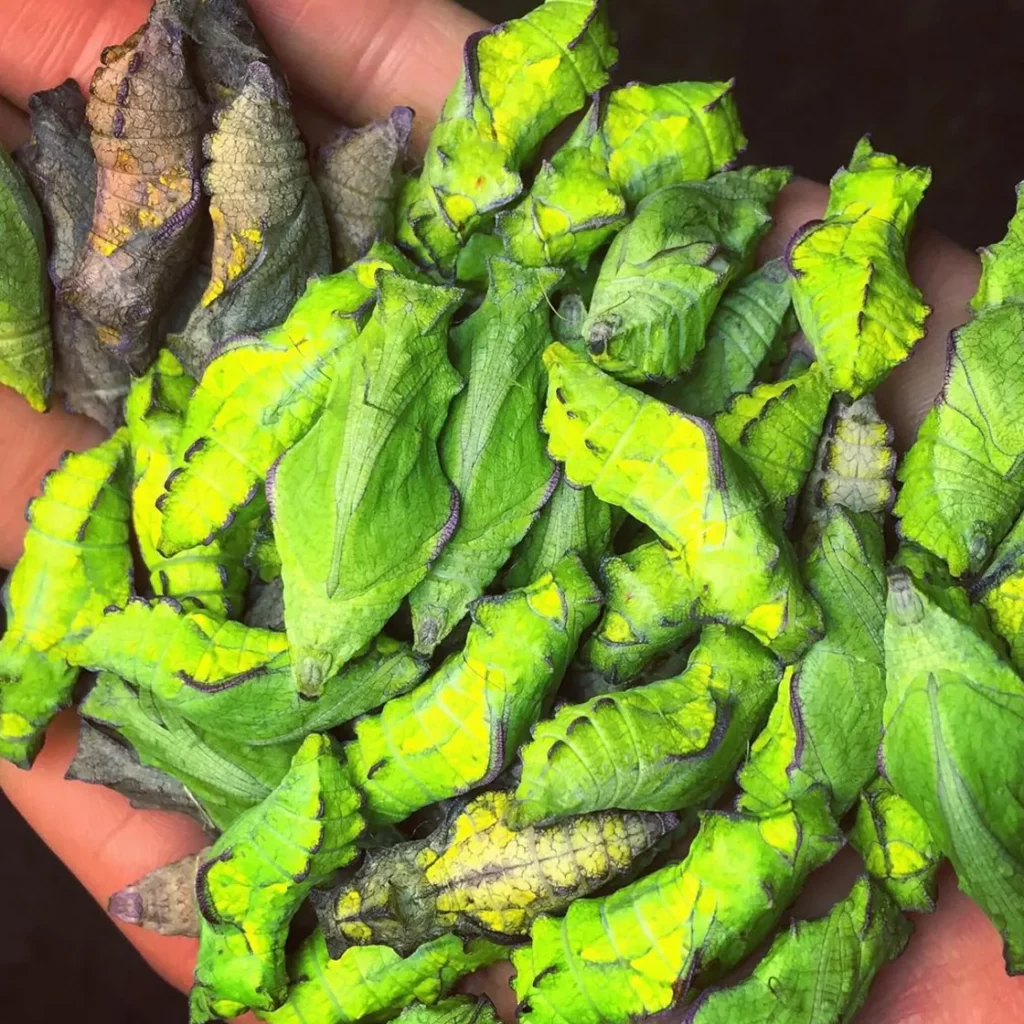
When Wong first began delivering caterpillars to the botanical garden, he could only bring a few hundred at a time at most. However, as the number of caterpillars living in his backyard increased, he was able to exponentially increase this. During the previous growing season, he packed the garden with “thousands” of caterpillars.
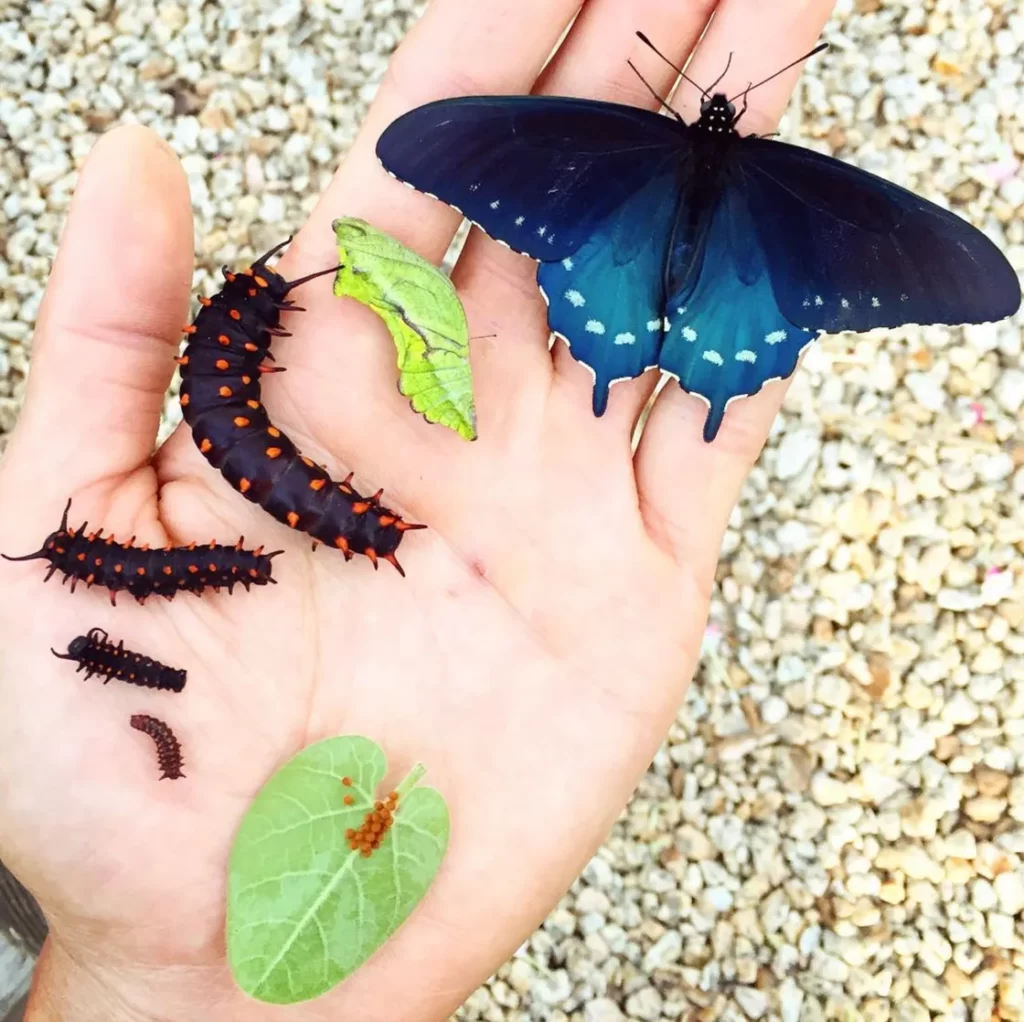
“Each year since 2012, we’ve seen more butterflies surviving in the garden, flying around, laying eggs, successfully pupating, and emerge the following year,” he says. “That’s a good sign that our efforts are working!”
Must READ!
Why do Butterflies Drink the Tears of Turtles?
fIND OUT HERE
